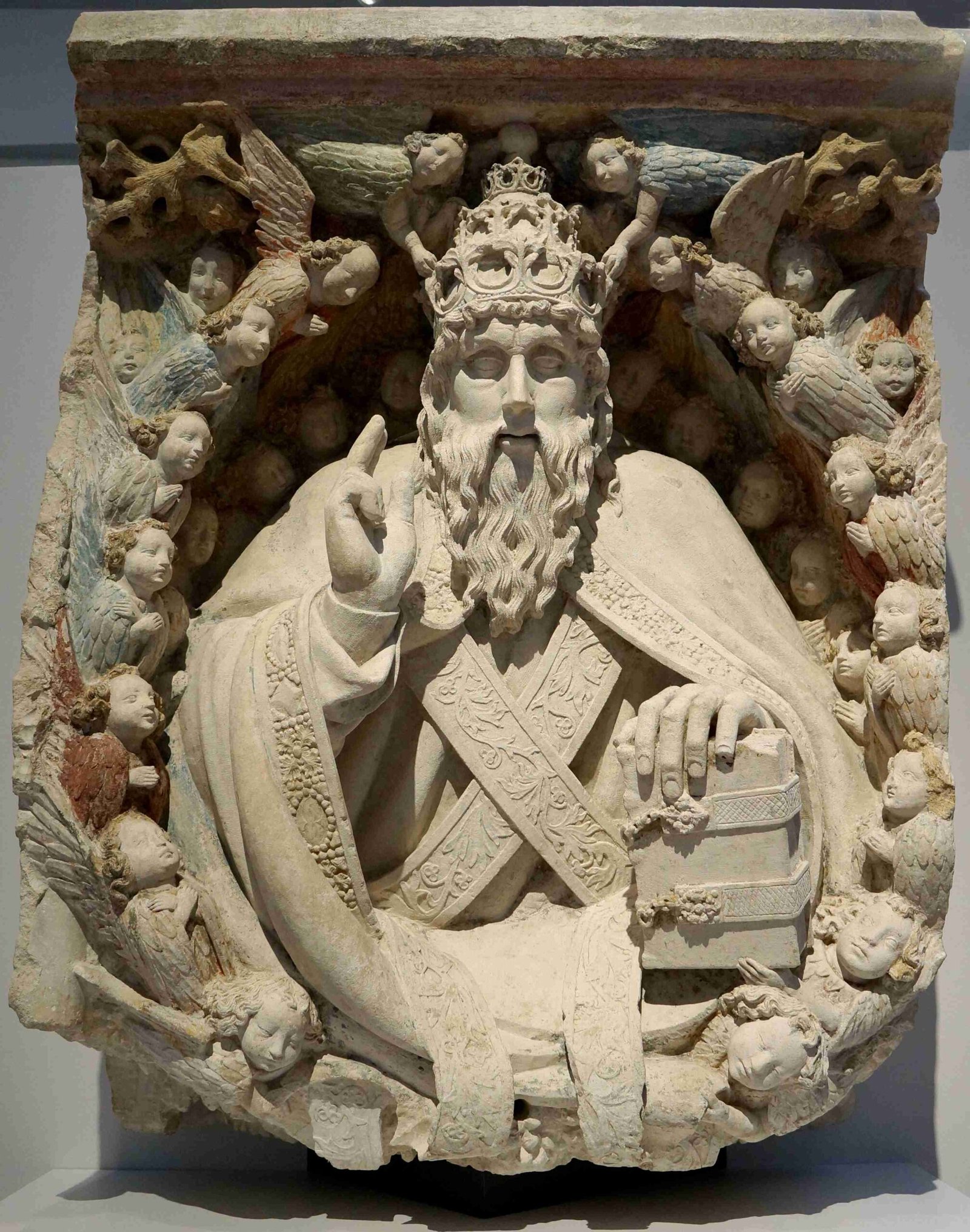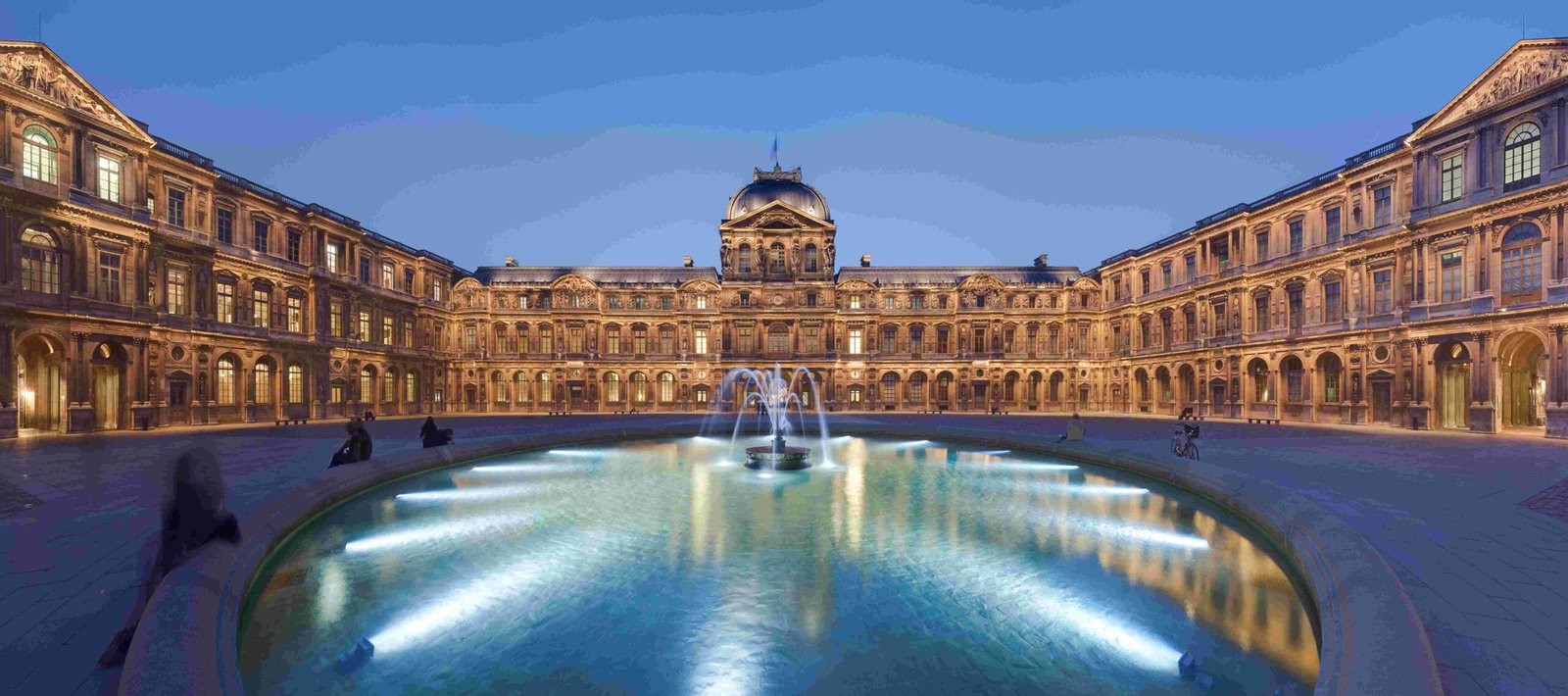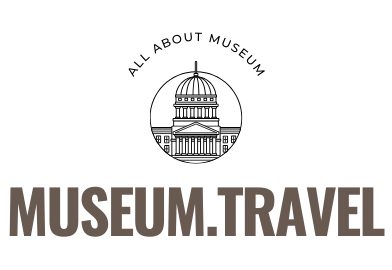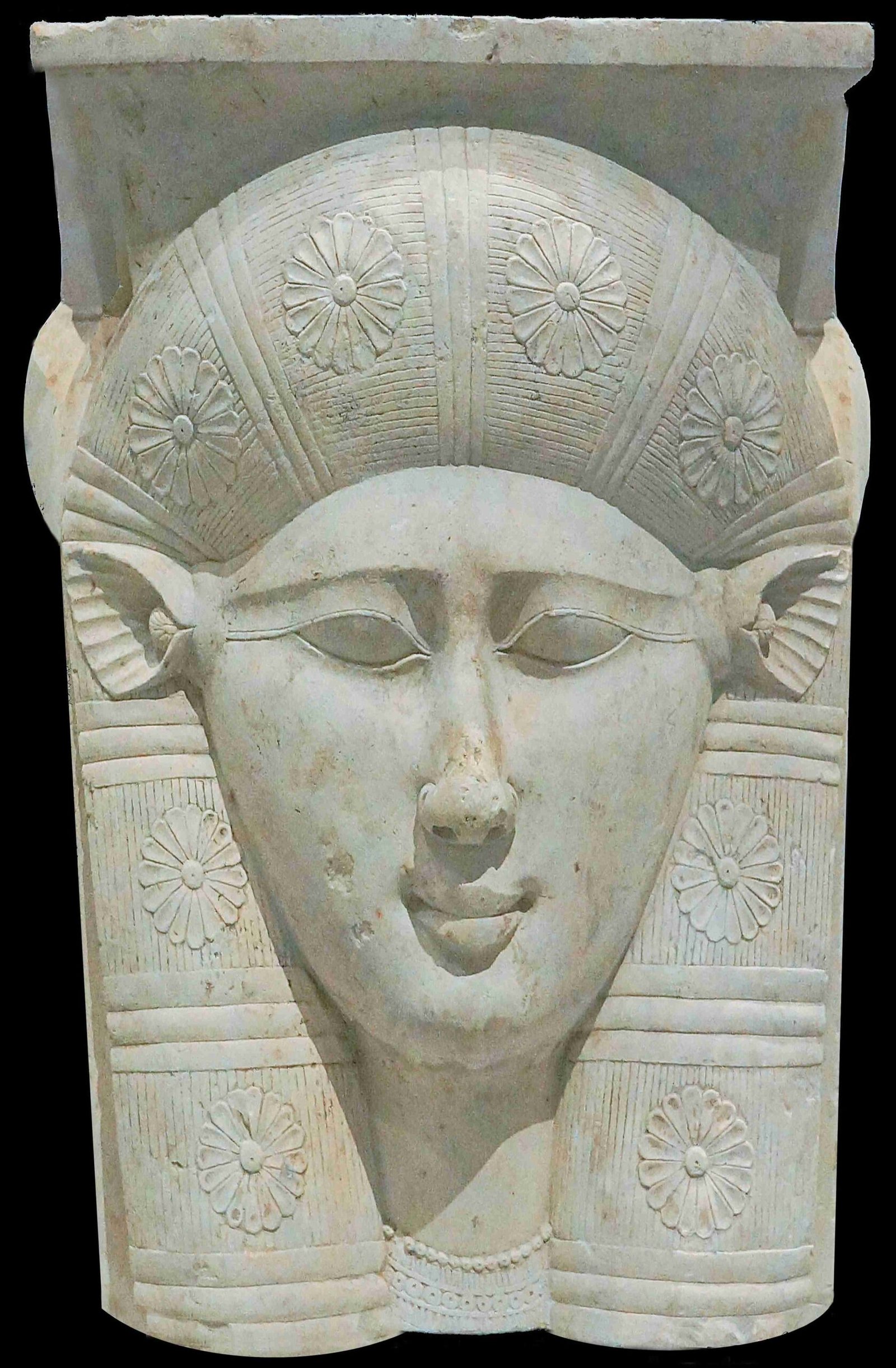The Louvre Museum has taken significant steps to return Nazi-looted artwork to their rightful owners. This process involves extensive provenance research, collaboration with government task forces, and the establishment of dedicated galleries to display unclaimed works. The museum’s efforts have resulted in the return of several important pieces, including two 17th-century paintings recently donated back to the Louvre by the heirs of their original Jewish owners.
What Specific Artworks Has the Louvre Museum Returned?

The Louvre Museum has successfully returned two notable 17th-century paintings that were looted by the Nazis during World War II:
- “Still-Life With Ham” by Floris van Schooten
- A still life by Peter Binoit
These paintings were stolen from Mathilde Javal’s Parisian mansion in 1944. After a complex journey through various storage locations, including the Jeu de Paume art center and Nikolsburg Castle, they were eventually recovered and repatriated to Paris in 1946. Due to errors in documentation, it took until December 2023 for the paintings to be correctly identified and returned to the Javal family heirs, who then generously donated them back to the Louvre.
How Does the Louvre’s Current Repatriation Policy Work?

The Louvre Museum has implemented a comprehensive repatriation policy that includes:
- Hiring restitution experts like Emmanuelle Polack
- Conducting extensive provenance research on acquisitions made between 1933 and 1945
- Collaborating with government task forces led by David Zivie
- Displaying unclaimed works in dedicated galleries to aid in identification
Despite these efforts, the restitution process remains challenging. The museum still holds approximately 1,600 works from the Musées Nationaux Récupération (MNR) program, which are artworks recovered from Germany but not yet returned to their owners.
What Historical Instances of Nazi Art Theft Involved the Louvre?
During the Nazi occupation of France, the Louvre continued to acquire artworks, some of which were looted from Jewish families. One notable example is the acquisition of pieces from the forced sale of Armand Dorville’s collection in 1942. After the war, the Louvre received many recovered artworks, but due to errors and lack of information, many were not immediately returned to their rightful owners.
How Can Visitors Learn About Nazi-Looted Art at the Louvre?
Visitors to the Louvre can engage with the museum’s efforts to address Nazi-looted art through various means:
- Exhibitions and Displays:
- Dedicated galleries showcasing works from the National Museum Recuperation program
-
New exhibition featuring the recently returned and donated Javal family paintings
-
Digital Resources:
- Online catalogue with detailed provenance research findings
-
Continuously updated information on restitution efforts
-
Educational Opportunities:
- While specific guided tours on Nazi-looted art restitution are not mentioned in the sources, the museum’s commitment to transparency suggests that visitors can learn about these efforts through various exhibitions and resources available on-site.
What Are the Current Statistics on Louvre’s Restitution Efforts?
The Louvre’s restitution efforts can be summarized in the following statistics:
| Aspect | Number |
|---|---|
| Works checked for problematic provenance | Approximately 9,295 (2/3 of 13,943 acquisitions between 1933-1945) |
| Works still held from MNR program | Approximately 1,600 |
| Works returned to legitimate owners since 1950s | Around 100 |
How Has the Louvre Improved Its Restitution Process Over Time?
The Louvre has made significant improvements to its restitution process:
- Enhanced Research: Hiring dedicated experts and conducting thorough provenance research.
- Increased Transparency: Opening galleries to display unclaimed works and creating a digital catalogue.
- Collaboration: Working closely with government task forces and genealogy experts.
- Public Engagement: Organizing exhibitions and providing resources to educate visitors about Nazi-looted art.
These efforts demonstrate the Louvre’s commitment to addressing the complex issue of Nazi-looted artwork and ensuring that justice is served to the rightful owners of these cultural treasures.
What Challenges Remain in the Restitution of Nazi-Looted Art?
Despite the Louvre’s progress, several challenges persist in the restitution process:
- Incomplete or inaccurate documentation from the war period
- Difficulty in tracing heirs of original owners
- Complex legal and ethical considerations in international art restitution
- Balancing restitution efforts with the museum’s mission to preserve cultural heritage
The Louvre continues to work on overcoming these challenges through ongoing research, collaboration, and public engagement initiatives.
References:
1. https://www.smithsonianmag.com/smart-news/two-nazi-looted-paintings-were-returned-to-a-jewish-family-who-then-donated-them-back-to-the-louvre-180984512/
2. https://news.artnet.com/art-world/restitution-nazi-loot-louvre-france-1758900
3. https://www.theartnewspaper.com/2021/03/26/louvre-probes-its-collection-for-nazi-and-colonial-loot-in-massive-provenance-research-project

